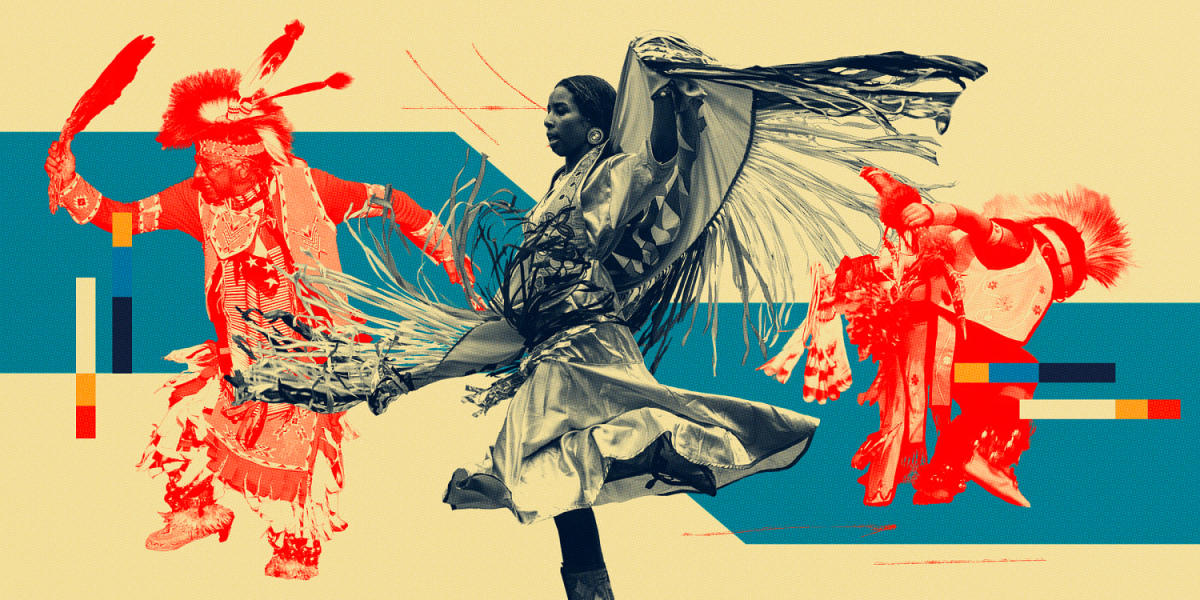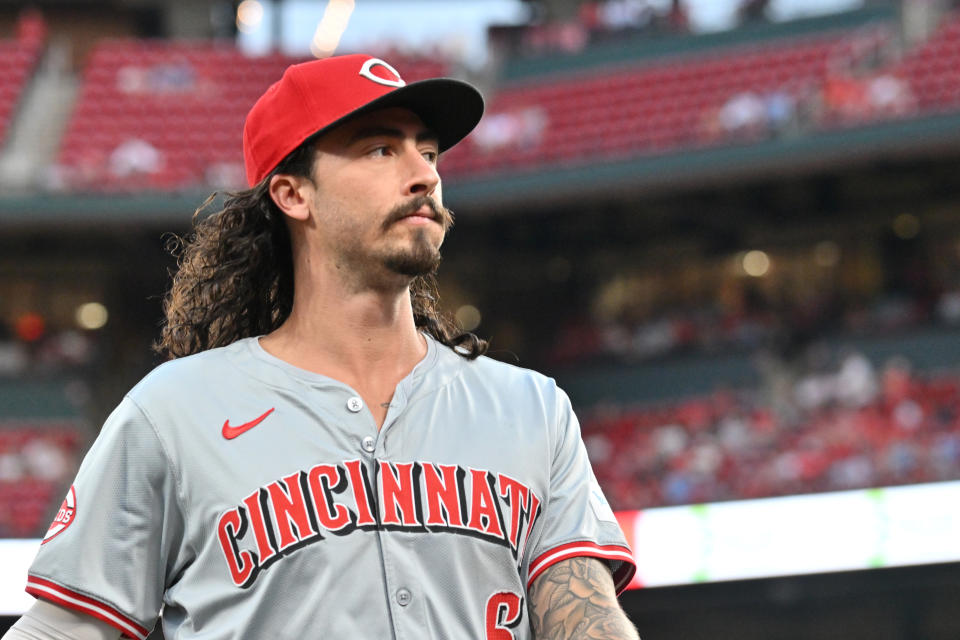
What is a powwow? Though the term has its colloquial meaning, the event holds great cultural significance for Native American communities.
In Indigenous culture, a powwow is a ceremonial gathering that typically includes traditional music and dancing, according to the Smithsonian Center for Folklife and Cultural Heritage.
The events are typically a space to celebrate joy and community, but can also include rituals to embrace spirituality, the museum noted.
Advertisement
Advertisement
“Essentially, powwow is an adaptive, contemporary tradition that reflects tribal and intertribal history, culture, and community values,” the Smithsonian said on its website.
Here’s a deeper look at the history of powwows and why they’re important for many Native American people.
History of the term ‘powwow’
The word “powwow” comes from pau wau, or “medicine man,” in Narrtick, which is a language spoken by the Algonquian people in Massachusetts.
When the first English settlers arrived in the United States, according the the Smithsonian, they were misusing the word to refer to meetings with Native American doctors, then later to Indigenous gatherings.
Advertisement
Advertisement
Native Americans reclaimed the term and, in the 19th century, embraced more modern ceremonies that have roots in the Plains area of the U.S., the museum noted. In the late 1800s, the government seized land from many Native American tribes in the northern and southern Plains areas.
As a result, large numbers of people were forced to move and two tribal traditions emerged, the Drum Religion and the Grass Dance. The Smithsonian said these were considered precursors to the modern powwow.
In the 1900s, newspapers and advertisements began using the word powwows to describe a performance that was used to entertain. During World War I and II, powwows were held to honor Native American veterans.
As it did in the late 19th century, the U.S. government forced more Plains Native American tribes to relocate in the 1950s, which prompted a mass migration and created a need for way for people to stay connected.
Advertisement
Advertisement
More in U.S.
As a way to both stay together and bring their culture to other Native American tribal members in their new homes, the Plains people used the powwow.
Nowadays, powwows happen around the globe and can be held at any time of year. Modern-day gatherings come in many forms, from traditional meetings on Native land to spectacles at events.
Why the clothing at a powwow holds significance
The regalia worn for a traditional Native American powwow has strong cultural significance.
A dancer’s powwow clothing is typically created by their family to reflect their interests and lineage, according to the Smithsonian, with many incorporating family heirlooms.
Advertisement
Advertisement
Regardless of the rest of the unique look, dancers will always include a type of headgear, which the museum said could be anything from a war bonnet or headdress to a ribbon or band.
The elements of a dancer’s regalia play a crucial role in the sacred nature of the performance. The Smithsonian said that should a dancer lose a part of their outfit, “there are particular ceremonies and protocol to ensure that the spiritual balance of the dance is not disturbed.”
The powwow regalia, dance and songs are each unique to a particular tribe. Taking traditions from another tribe’s powwow is considered disrespectful.
This article was originally published on TODAY.com
EMEA Tribune is not involved in this news article, it is taken from our partners and or from the News Agencies. Copyright and Credit go to the News Agencies, email news@emeatribune.com Follow our WhatsApp verified Channel




